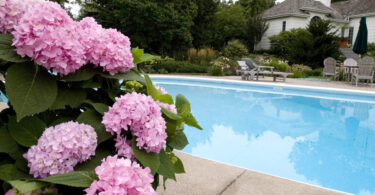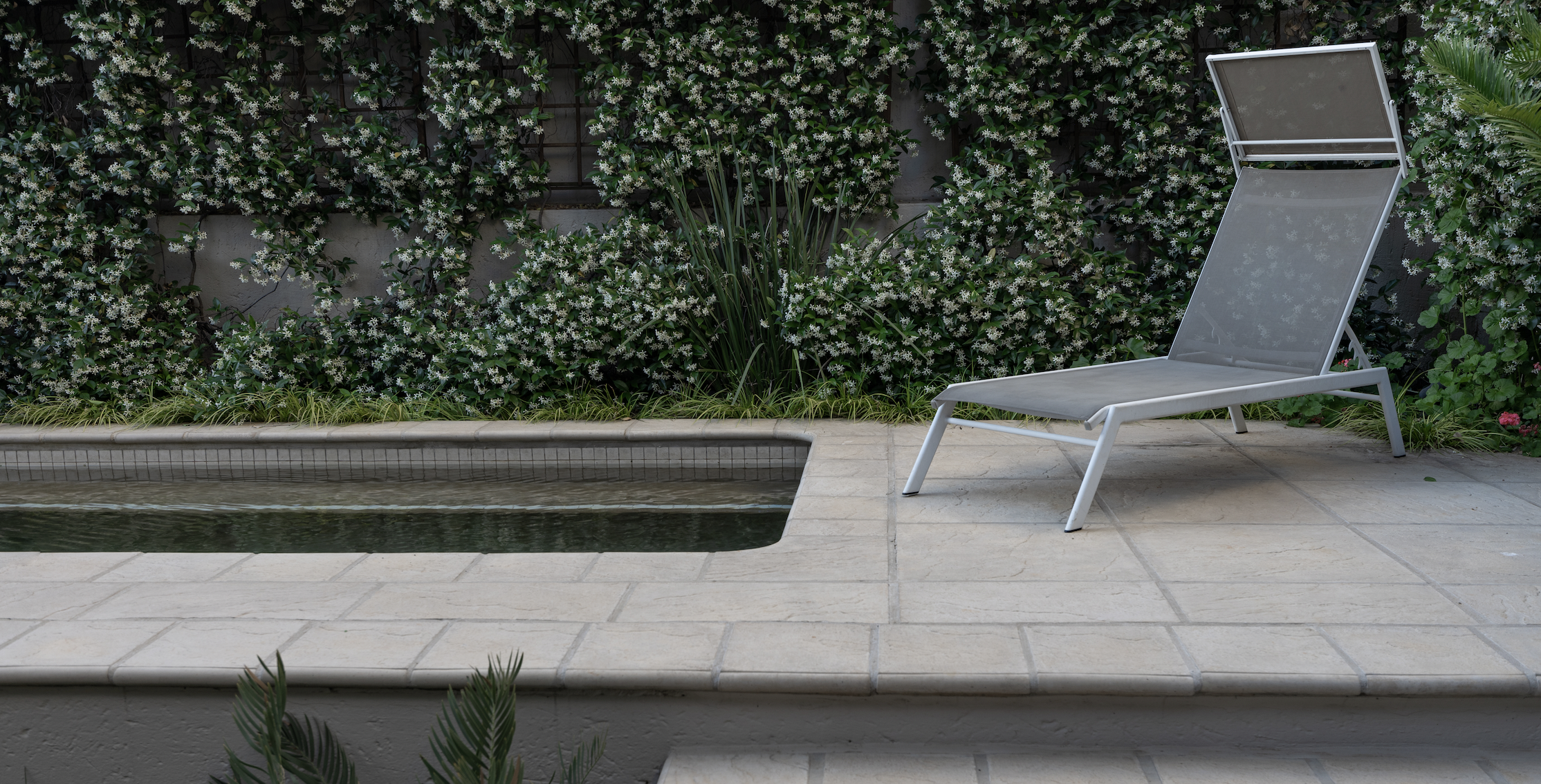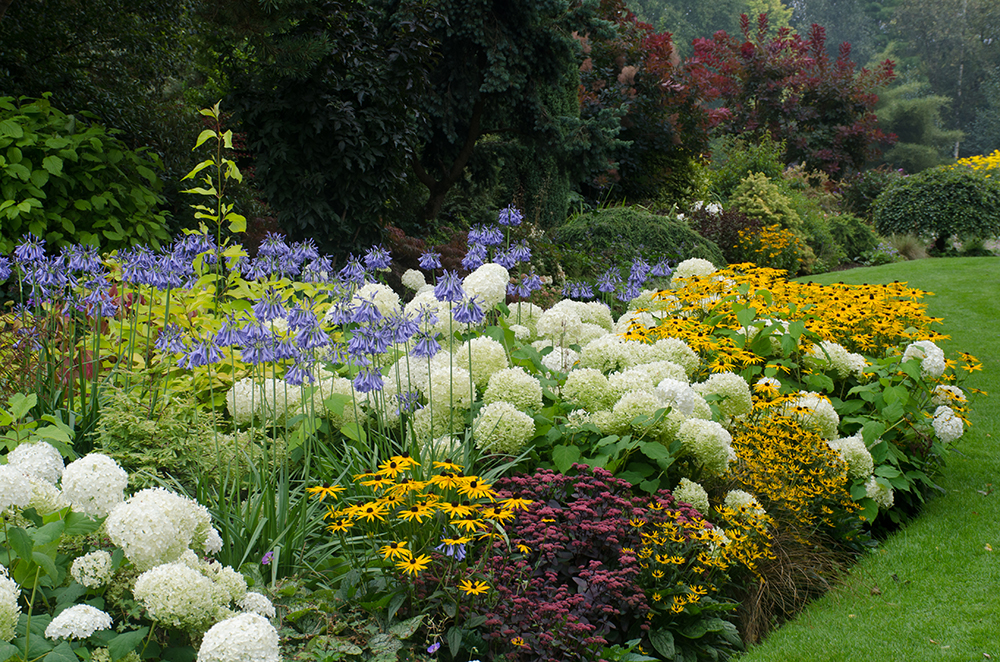By Trisha Harinath
Debbi Rebelo of Plantscapes Landscaping and Irrigation says that each style of house has an obvious, complementary style of garden. According to Manus Swiegers, owner of Manus Swiegers Landscaping, it is important to first analyse the architectural style of the house and then decide which style of garden will complement it.
Contemporary
Simon Taylor of Apalis Gardens and Irrigation says that, for a contemporary-styled home, a garden with a modern style, straight lines and sectioned-off geometric areas is ideal.
“Levels, such as floating decks, floating lawn areas and so forth, also play a role in this type of garden, and it is important to remember that a contemporary garden makes use of a lot of angles. Some of the other elements that can be incorporated into a garden to make it look contemporary are hardscaping features made of stainless steel, wood and concrete, as well as square pavers.”
Asian
For homes that have an Asian influence, Asian-inspired gardens are perfect matches. “This type of garden has a strong Japanese/Zen character, where simple and minimalist design principles are used,” explains Simon.
He adds that water is a big part of the style in this type of garden, and that rock mounds, lanterns, bridges, statues and tea houses should also be included. “Your landscaper should also make provision for dry landscaping by using an abundance of gravel and sand.” When it comes to plant selection, Simon says that maples, conifers, bamboos, grasses, carpet mosses and ferns are a must.
French Provencal
“This style of landscaping emulates the French countryside, and formal designs, as well as symmetry, are crucial for establishing a garden of this nature,” informs Simon. In these types of gardens, balance is also of importance, and when it comes to the flora, evergreen trees are generally used, including conifers and yellowwoods.
Other plants that add the finishing touches to a French Provencal garden include lavender, rosemary, fruit trees, vines and other herbs.
Debbie notes that architectural styles are very often borrowed from different designs, and the same can be done with gardens. “A theme that complements the style of the house does work well, but you still need to add personal touches to make a garden your own.”
_opt.jpeg)



_opt_0.jpeg)
_opt.jpeg)
_opt.jpeg)








